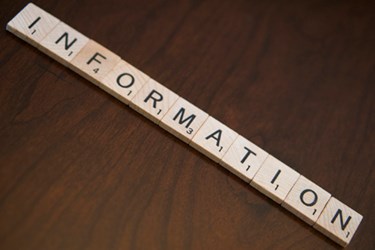Marketing To A Non-Competitive Water Industry


“Competition is not only the basis of protection to the consumer, but is the incentive to progress.”
-Herbert Hoover
The water market is truly unique among B2B marketplaces. In fact, it's so unique that it often requires some of the most talented and forward thinking sales and marketing professionals in the world to keep it moving.
Unlike most markets, the buyer in the water market (whether a public or private utility) is not under competitive pressure to improve profitability or generate shareholder dividends. The City of Chicago is not in competition with the City of Houston to treat its wastewater more effectively. The main drivers for purchasing technology and engineered systems in this market are regulation compliance and cost savings.
Clearly this is very different from other B2B markets such as pharmaceutical manufacturing where competition is the primary driver of innovation. This means that your marketing approach has to be unique too. It needs to be far deeper than a typical B2B marketing campaign centered on providing an overview of your products’ features and benefits.
Here are 3 things to consider when approaching a market that doesn't rely on competition to drive progress:
1) Illustrating cost-side relief is the most effective means of driving action. The purchasing decision still has everything to do with money. In the public sector the customer is a prisoner of their budget. Take metering solutions for example. By focusing on finding lost revenue for a utility or reducing the expense associated with capturing water usage data, metering companies can effectively influence the buyer towards their products.
2) Education drives engagement. Showcase your expertise. In a non-competitive market, your potential buyers have even less incentive to take your call or listen to your product pitch than in a competitive marketplace. To get their attention, you need to produce content and conversation that provides value to them.
To use our metering example again, your buyer isn’t going to pay attention to the list of features and benefits of your meter unless they are in a “buy right now” mode (which doesn’t come around too frequently). However if you publish content that informs and educates them about water challenges that they grapple with on a day-to-day basis, they will start to engage with you. Get them to engage long enough, and they will gravitate towards you when a purchase decision needs to be made.
Be the knowledge expert on a topic and you become the market leader for that buying opportunity when the time comes for them to actually spend budget dollars on a solution.
3) Becoming a trusted partner takes time. Notice the theme of the first two considerations. There is literally no direct pitching of your product or technology. This isn’t accomplished through print advertisements with your product picture and list of features. Nor is it done through brochures or data sheets. These things all have an important role to play in supporting your sales team and the purchasing process but only towards the end of the buyer’s journey. Early on, engage your customer by providing information instead of a sales pitch.
To use our metering example again, speak to the importance of rate setting by measuring water consumption over a flat fee or perhaps a list of ways a utility can battle water loss. By tackling these topics that are important to your potential buyer, you are engaging them while they are going through the purchasing decision process on their own.
Information is the most valuable currency you as a manufacturer have so use it to your advantage.
Image credit: "Information," © 2015 Steve Davis, used under an Attribution-ShareAlike 2.0 Generic license: https://creativecommons.org/licenses/by-sa/2.0
